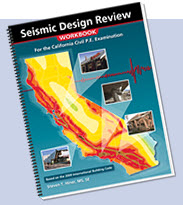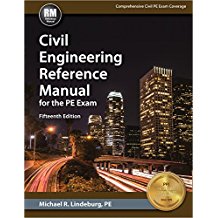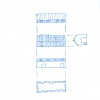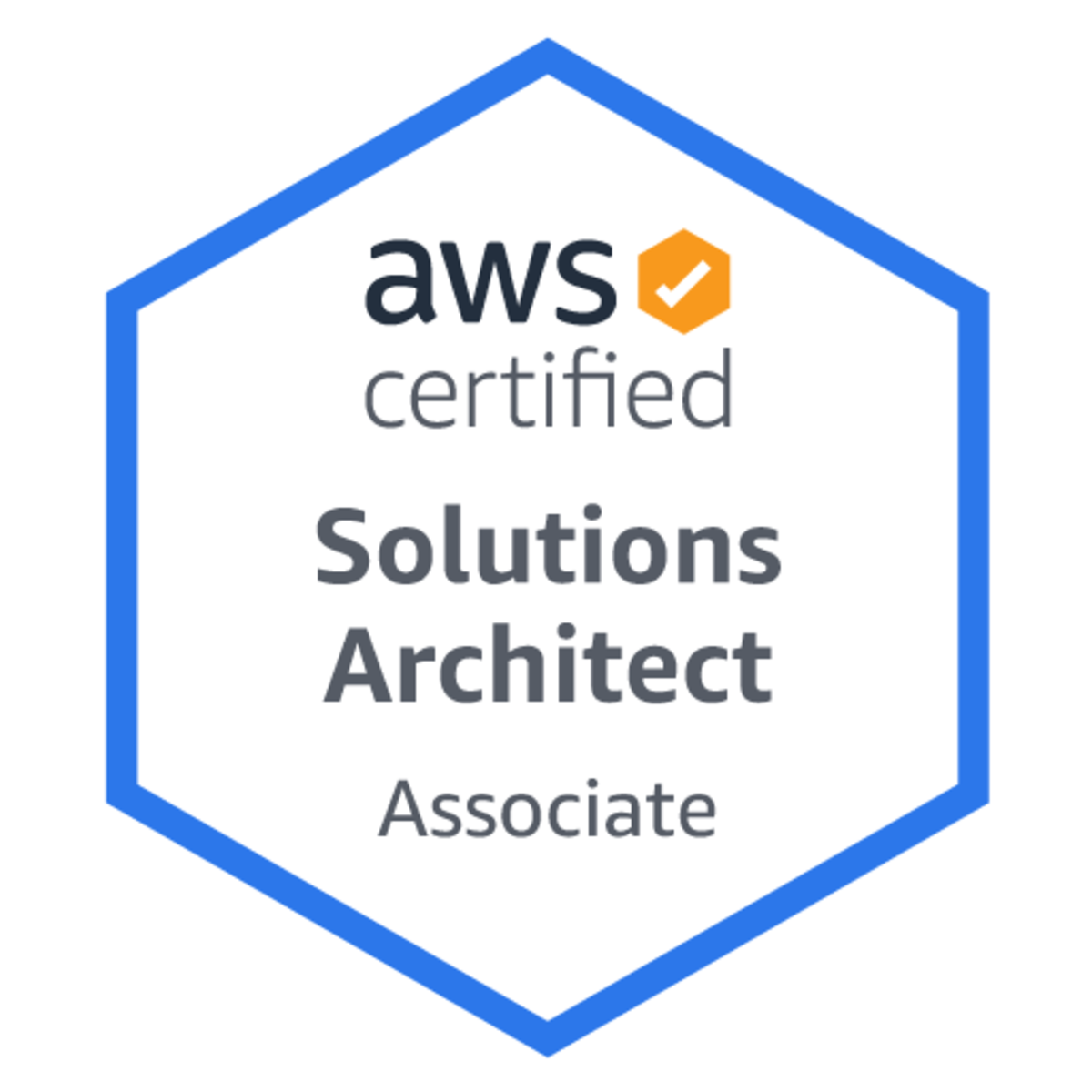Best Seismic Book for the California PE Exam
Practice Exams for the California Seismic Principles Civil P.E. Examination
This title is authored by a PE review course instructor. I have found this correlates to a very high user rating on Amazon.
It makes sense that someone who has taught how to pass the exam for many years would know the exam well. Instructors know how to pass and how to prepare. And, they know how to teach. That is what you need.
Whatever the reason, PE exam course instructors seem to provide the best books. This is based on reviews from engineers who used their books. (Yes, I considered sources other than Amazon. But, honestly, 80% of book reviews on the Internet are on Amazon!)
Update: since I posted this, the first six reviews have been posted. All are 5-star reviews from engineers who say they passed on their first try.

Seismic Design Review
This book, by Steven T. Hiner, is the one everyone else had. When I took my California Civil Seismic state specific exam, I was surprised. I saw that most everyone else had this book. The cover is bright, with seismic regions colored in bright reds, oranges, and yellows. It is only available in one place: seismicreview.com
That first time I took the seismic exam, I guessed I had a problem when I realized that about two-thirds of the other examinees had this book. "It must be good," I reasoned.
The girl I sat beside the second time I took the exam told me, "The engineers in my office told me this is the only book I need." I don't actually agree with that. But, this book is certainly the dominant seismic review book on the market.
Caution:
Though many people are told this is the only book they will need, remember this: 52% FAIL this exam. You will need the reference books listed by NCEES. Keep reading for an overview of the other titles that can benefit you on the exam.
The Hiner Book

How Much Seismic?
How often do you perform seismic calculations in your current (or most recent) engineering position?
ATC-20
I answered 3 questions on the seismic principles exam using the ATC-20. Not only that, but, my time investment was very small. When the 3-booklet set arrived, I skimmed through all three of them. After three days, I reviewed all three again, but at a faster pace.
These are small books, with good photos. I encourage you to purchase ATC-20. There are two reasons. First, it will help you pass the California Civil Seismic exam. Second, the purpose of these books is to aid the engineer in evaluating damaged structures following an earthquake. As your fellow engineer, let me share: Do we not have a civil duty to be prepared?
Keep this on your shelf, and you will be better prepared.
Carefully note the images showing how walls crack during seismic shaking and what the underlying cause is. That will be important if you are ever called in a time of emergency.
Intro to Seismic Sections in ASCE7-10

ASCE7
Of course, you will need the ASCE7. The American Society of Civil Engineers publication #7 "Minimum Design Loads for Buildings and Other Structures" is used to determine design loads in civil construction.
The sections covering seismic design are chapters 18 to 23. The main chapters for structural design are 19 and 22. ASCE7-10 changed the content of some chapters. The wind force chapters were all moved to the end of the book, and expanded. If you have ASCE7-05, you will want to upgrade to prevent any confusion while preparing for the PE exam.
Be sure to pay attention to the Equivalent Lateral Force (ELF) method (section 18.5). And, pay attention to which design procedures apply to building structures, to non-building structures, or to "components and cladding."
IBC Structural Seismic Design Manual

2012 IBC Structural Seismic Design Manual Volume 2
The book includes a careful, clear, step-by-step process for calculating base shear, checking for horizontal and vertical discontinuities, and checking minimum and maximum forces.
If you live in a state where seismic forces can easily control for heavier buildings, then this will remain a valuable tool on your shelf.
There are also volumes 3, 4 and 5. If you follow the link, Amazon will show you the others.
Volume 3: Examples for Concrete Buildings
Volume 4: Examples for Steel Framed Buildings
Volume 5: Examples for Seismically Isolated Buildings with Supplemental Damping
I bought the 2006 version of this seismic book while I prepared for my own California State-specific seismic principles exam. I found the clear and easy-to-follow step by step explanation and calculations to be very helpful. I have referred back to it many times in practice. It is one of the best seismic books for the seismic principles exam.
Seismic Design Manual, 2nd Edition
This book is fairly new. But, it is companion to the AISC Steel Construction Manual. At 2.8 pounds and #5 best seller in the seismic design category, you can be sure the AISC Seismic Design Manual is going to become a standard in structural engineering.
California Civil Seismic Principles Exam Pass Rates
The seismic exam is typically considered to have the lowest pass rates. Actually, pass rates for the civil surveying exam are a bit lower. Here are some recent passing rates:
- Principles and Practice: 48%
- Seismic: 47%
- Surveying: 45%
Less than half pass each portion. And, not everyone failed all three. Some people passed two portions, or even three (Principles and Practice is 2 exams, you can pass one and not the other.) So, fewer than 48% of those who sat for the April 2013 exam became licensed engineers after this exam.










